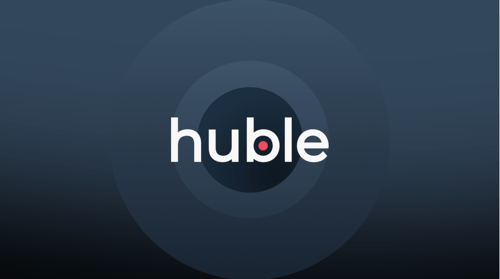Investing your budget in phase 1 of a website project is a small price to pay for a platform that generates long-term growth. In this blog post, we run through the correct way to build a website, helping you avoid a rushed website that will cause you more issues down the road.
Building a website takes time, research and planning. Yet many businesses get overexcited and try to leapfrog the strategic and architectural stages to move right into design and content.
Think of the website-building process like urban planning — you wouldn’t populate an empty map with shiny skyscrapers and sprawling shopping centres before completing the preparatory and zoning stages, would you?
So why should something as complex as a website be any different?
The stronger the strategy and architecture, the better the website.
A website project can be divided into two phases:
-
Website strategy and website architecture
-
Design, content and build-out
We’ll be honest with you — Phase 2 is the easy stuff (but only if you’ve laid the groundwork beforehand). This means that the majority of your time, effort and budget should be spent building a solid framework in Phase 1.
How much of your budget exactly? We’d say somewhere around 70%.
We understand if that seems high, but we’re willing to die on this hill! We’ve seen many website projects fall short of expectations because agencies — including us — give way to clients who want to go live as soon as possible.
These clients typically have an idea that they’re unwilling to budge on, regardless of whether the website strategy or website architecture has been done. We understand the excitement, but it’s unwise to launch from unstable ground.
What happens in Phase 1?
To kick things off, a team of senior specialists will meet with a client to discuss, brainstorm and initiate a working website blueprint. Will the website be housed in a growth platform like HubSpot, or will it be a standalone eCommerce site running on WordPress?
These questions and more will be answered in the “getting to know you” phase.
Based on the output of these sessions, each specialist will research and create a series of documents to inform the website strategy and website architecture. These website ‘bibles’ can include:
-
Buyer personas and buyer journeys based on target market research and audience demographics.
-
A thorough audit of the existing website, which analyses user experience, content quality, analytics, SEO and overall page functionality.
-
Competitor research that includes key findings and recommendations to inform the strategic direction of the website.
-
Key messaging and value proposition documents based on core company messages.
The initial meetings can get pretty granular, but the more meticulous the better for both website and business! A fly on the wall in one of these meetings might hear: ‘Could you list the website obstacles you’re experiencing at the moment?’ To which the client might list the following friction points:
-
Lack of lead generation
-
Pages are generic and need to be more personalised
-
The current website does not allow for digital transformation
-
Slow and difficult to update
-
Customers aren’t able to self-serve
-
Our prospects are landing but not converting
-
The website isn’t showing up in search engines
Whether it’s a custom build or template that’s required, marketing and SEO specialists will use the insights from the “getting to know you” phase to plan the skeleton of the website. This ‘bone structure’ is called the sitemap. Every web page on the sitemap should have assigned target keywords (high-value terms relevant to the business). The sitemap will also come with a list of recommended terms to incorporate into the web copy and content strategy. This will ensure that every page is optimised in line with SEO best practice.
Using the above sitemap as a blueprint to build on, a senior marketing consultant will map the persona need states into desired user journeys. This will define the interactions that need to take place on each page, which in turn establishes page functionality.
After all of that is set up, a backlog can be created. A backlog is an evolving, iterative list of everything that needs to be done, from highest to lowest priority, so that all stakeholders have line-of-sight of what’s happening, and when. From here, the gears of creativity and development can begin to turn!
While there is a lot more to it, we’d be here all year if we were to dive into Phase 1 as deeply as the initial meetings do!
Put in the hard yards now to see continuous growth in the future
Spending 70% of your budget in Phase 1 of the website development project is a small price to pay for a platform that generates long-term growth. We understand if you’re feeling cautious about committing to the investment, but we’d like to reiterate that a rushed website will cause you more issues down the road, without providing any measurable growth to make the problems bearable.
The team at Huble Digital wants to make your effort worth it.
With websites built in the world’s leading growth platform, HubSpot, we digitally transform businesses into customer-centric authorities backed by best-in-class technology and lead-generating sales and marketing strategies.
Get in touch with a Huble Digital consultant to discuss your website build options.

.png?width=1600&height=800&name=5%20(1).png)







-3.png?width=500&height=320&name=Matt%20-%20imagery%20bank%20(8)-3.png)

